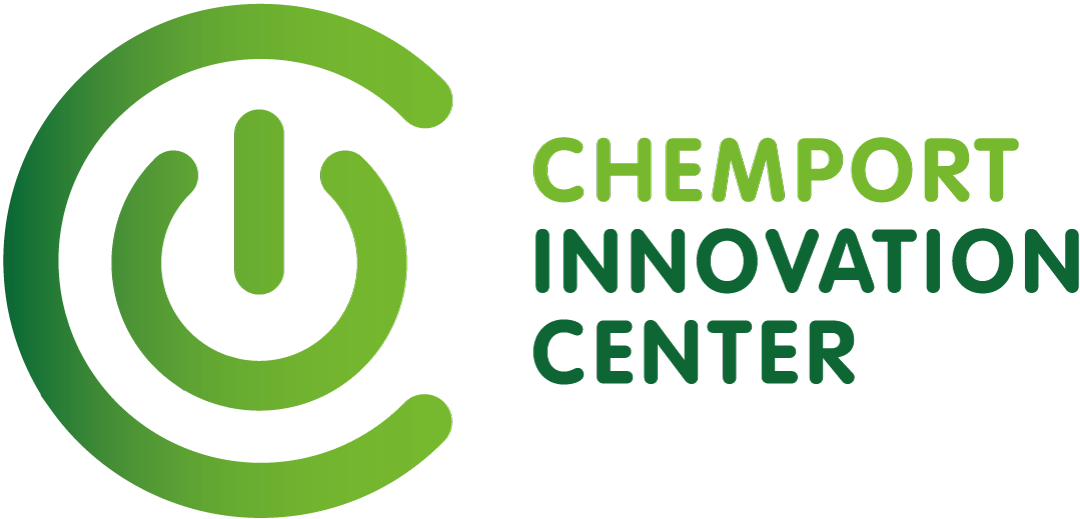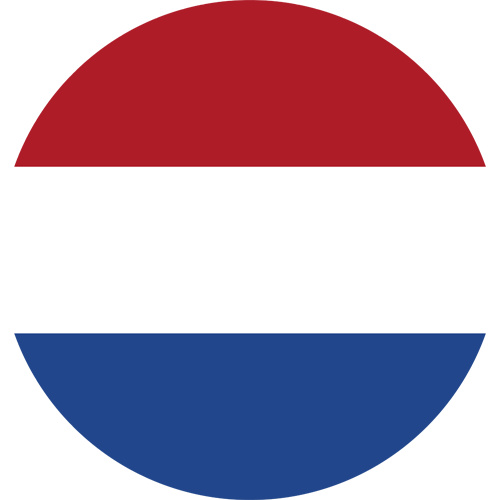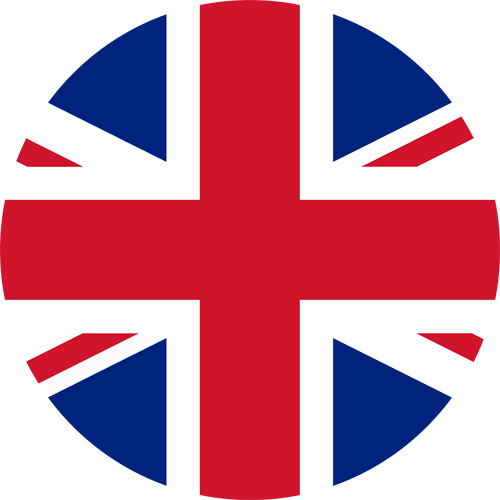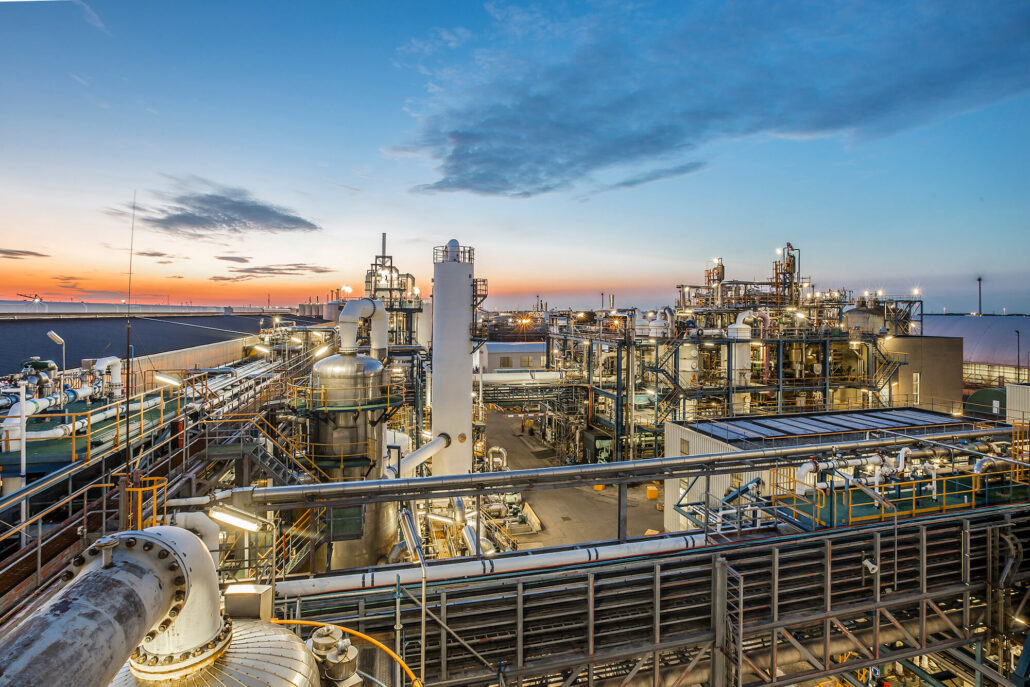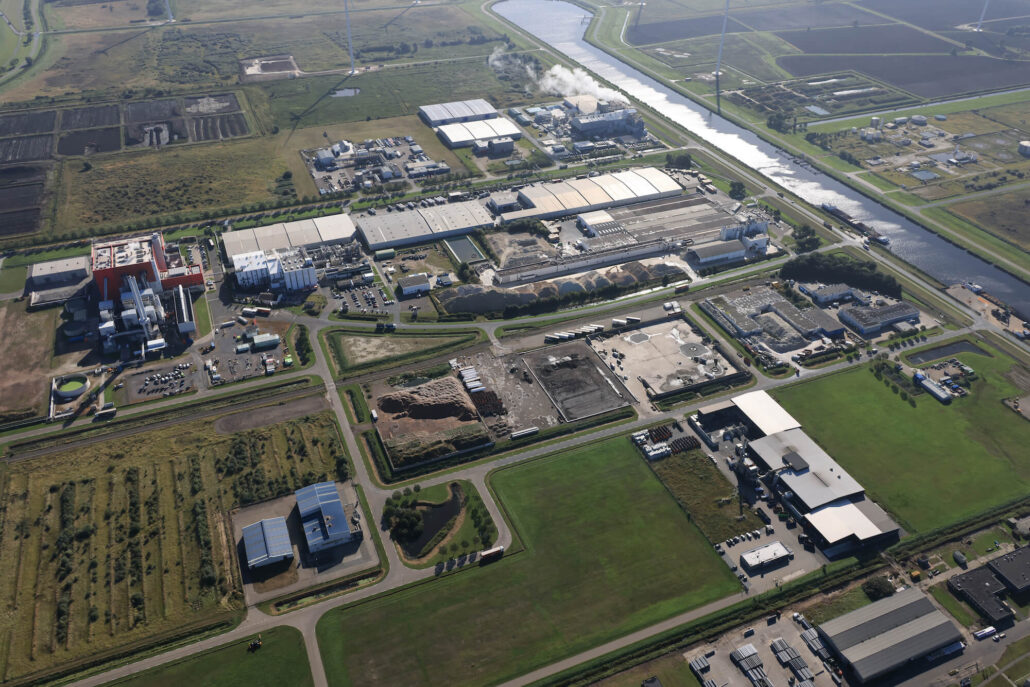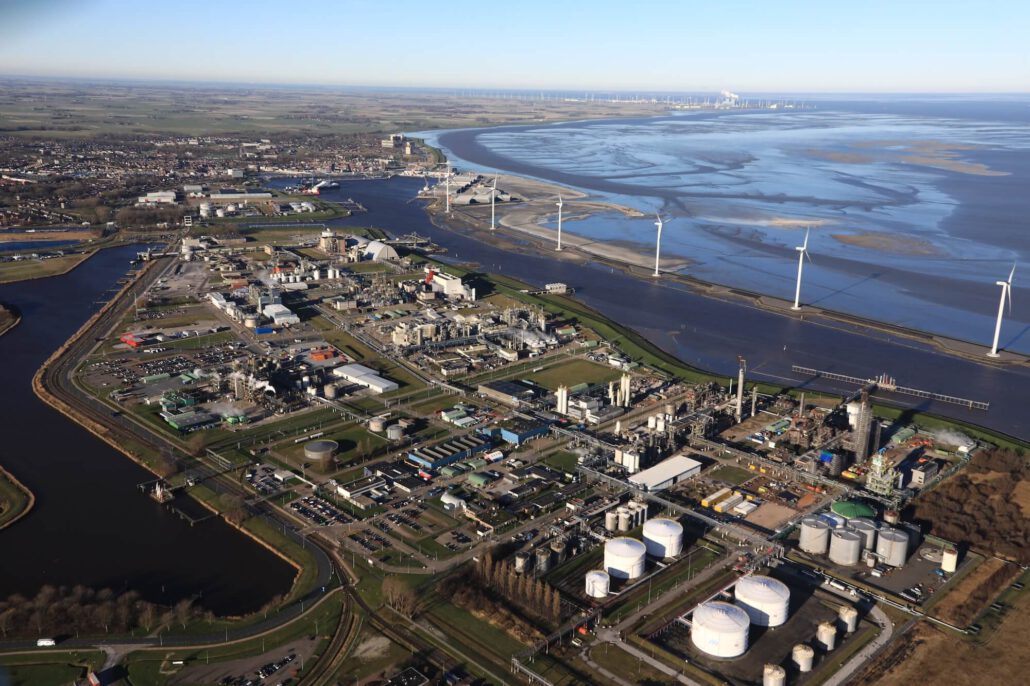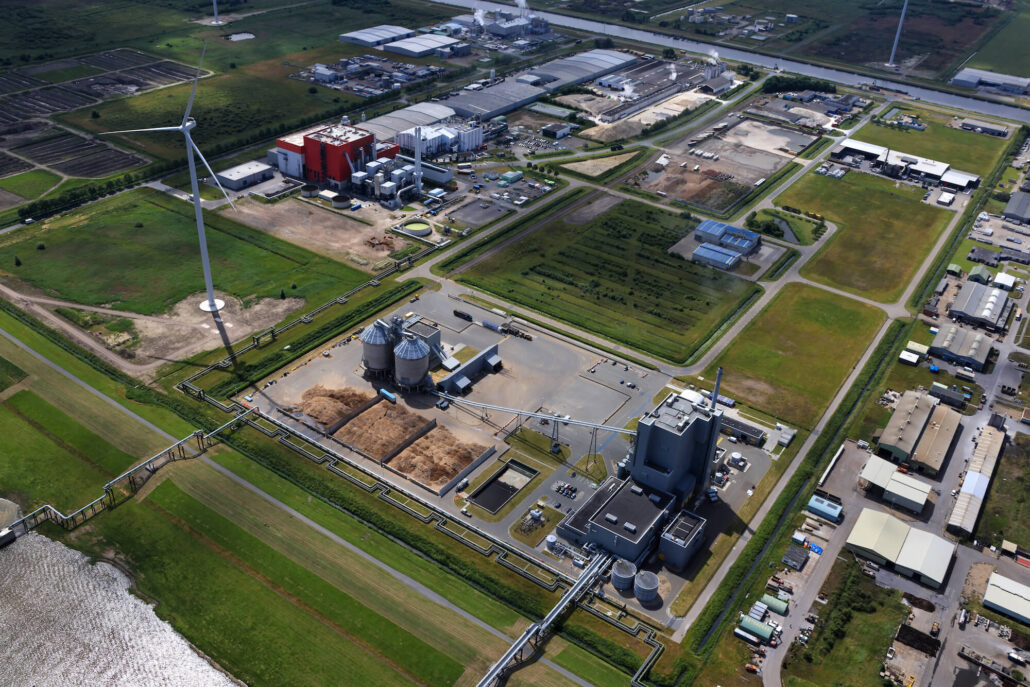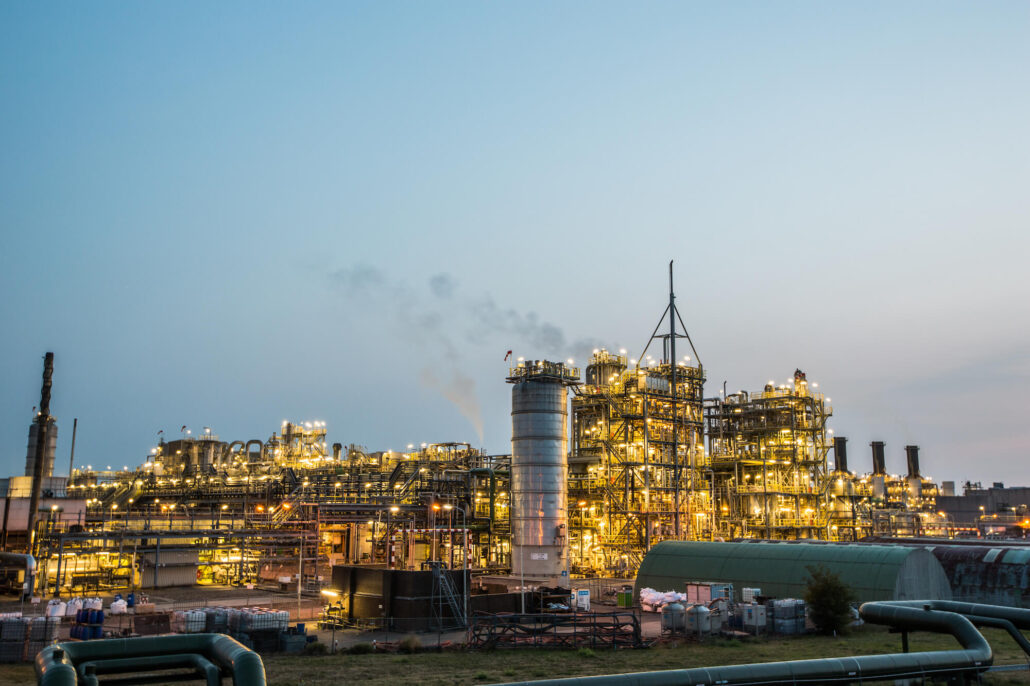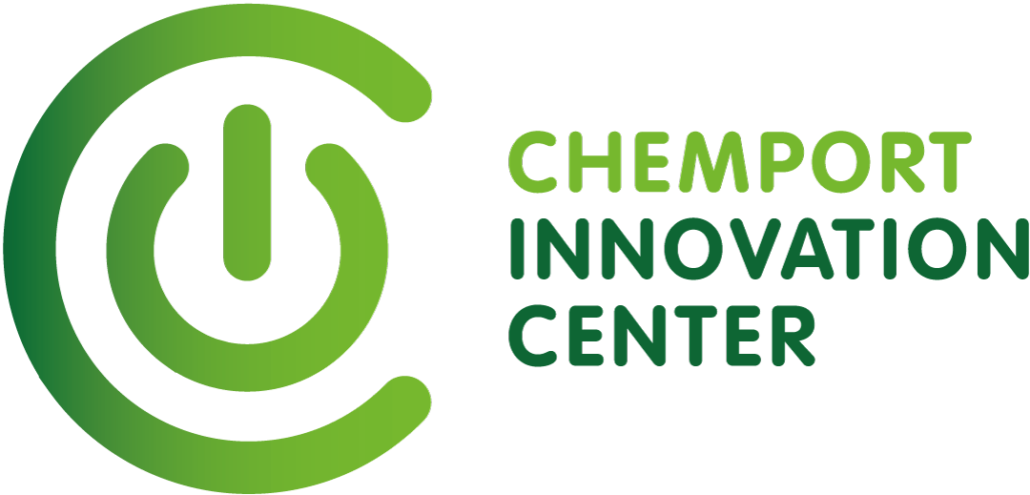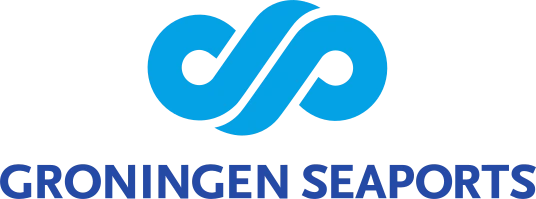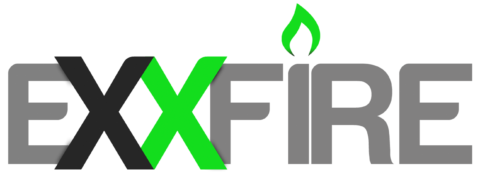
Pilot: developing a fire-safe method for high-value areass
ExxFire is developing a revolutionary method to fireproof high-value areas using non-compressed gas. Examples include critical IT racks in data centres, archives, electrical installations, museums, libraries, and depots. ExxFire offers a solution wherever extinguishing water might do more damage than the fire itself.
ExxFire has developed the technology at the laboratory level at the Zernike Campus over the past few years and is now poised to scale up and make the leap to the market with its own production. The product has since received European certification for this purpose. Until now the company has bought the technology in but it will now scale up and produce it itself. ExxFire is doing this work at the Chemport Innovation Centre in Delfzijl, where it has a hall and an office. These are precisely the facilities ExxFire needs now to continue innovating and producing in the long term.
The ExxFire process is self-evidently sustainable. Whereas today greenhouse gases under high pressure are often used to extinguish fires, ExxFire’s technology works with green nitrogen that is very innovatively stored, pressure-free, in a solid form in a “Cool Gas Generator”. This system, the technology of which originates from space travel, is maintenance-free, making it a real game-changer in the world of fire safety as well as being a completely safe and green fire extinguishing gas.
For ExxFire, the CIC in Delfzijl will become the global knowledge and production centre of the innovative unpressurised refrigerant gas generators. The first mission is to set up generator production at the CIC and sell it globally. ExxFire will also develop and start producing larger generators there to protect battery storage systems.
Period: November 2022 – current

Pilot: Geowall reef blocks
There are fewer and fewer shellfish inhabiting the Ems-Dollard. The Reef Blocks pilot contributes to shellfish recovery by providing a hard surface to which mussels and oysters can attach themselves. The reef blocks are made using Ems-Dollard sludge. Shellfish can build a reef on the blocks as a habitat for crustaceans, molluscs and fish.
NETICS develops and makes reef blocks using Ems-Dollard sludge and places them in the estuary. The blocks are produced at the CIC. The reef blocks are monitored to check whether mussels and oysters are settling on them. NETICS is also keeping tabs on how the reef develops. The Geowall pilot is a collaboration between the Waddenmozaïek and the NETICS, van Oord and KWS Infra consortium.
Shellfish such as mussels and oysters are also known as biobuilders. By settling as a group in a certain place they create new (sea bottom) structures for underwater creatures and plants. Shellfish are declining in the Wadden Sea. This affects other creatures that depend on them for food or habitat. With the reef block trial, NETICS aims to contribute to adding to the body of knowledge about biobuilders. Practical experience is gained in the pilot, underpinned by scientific knowledge. The results will be shared with Waddenmozaïek to compare them with other shellfish recovery projects in the Wadden Sea.
Period: October – November 2022
